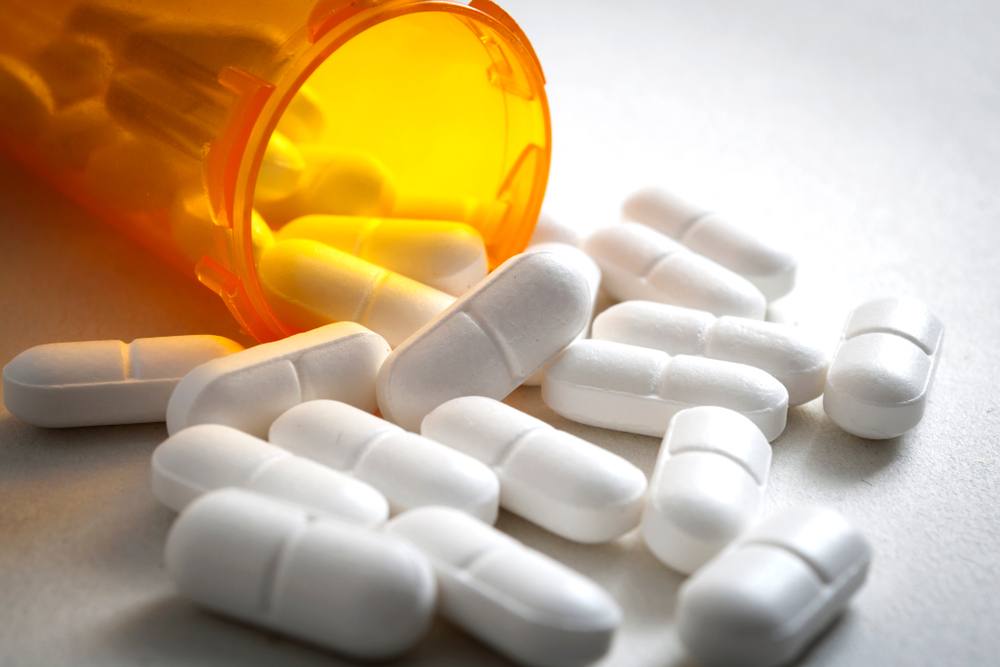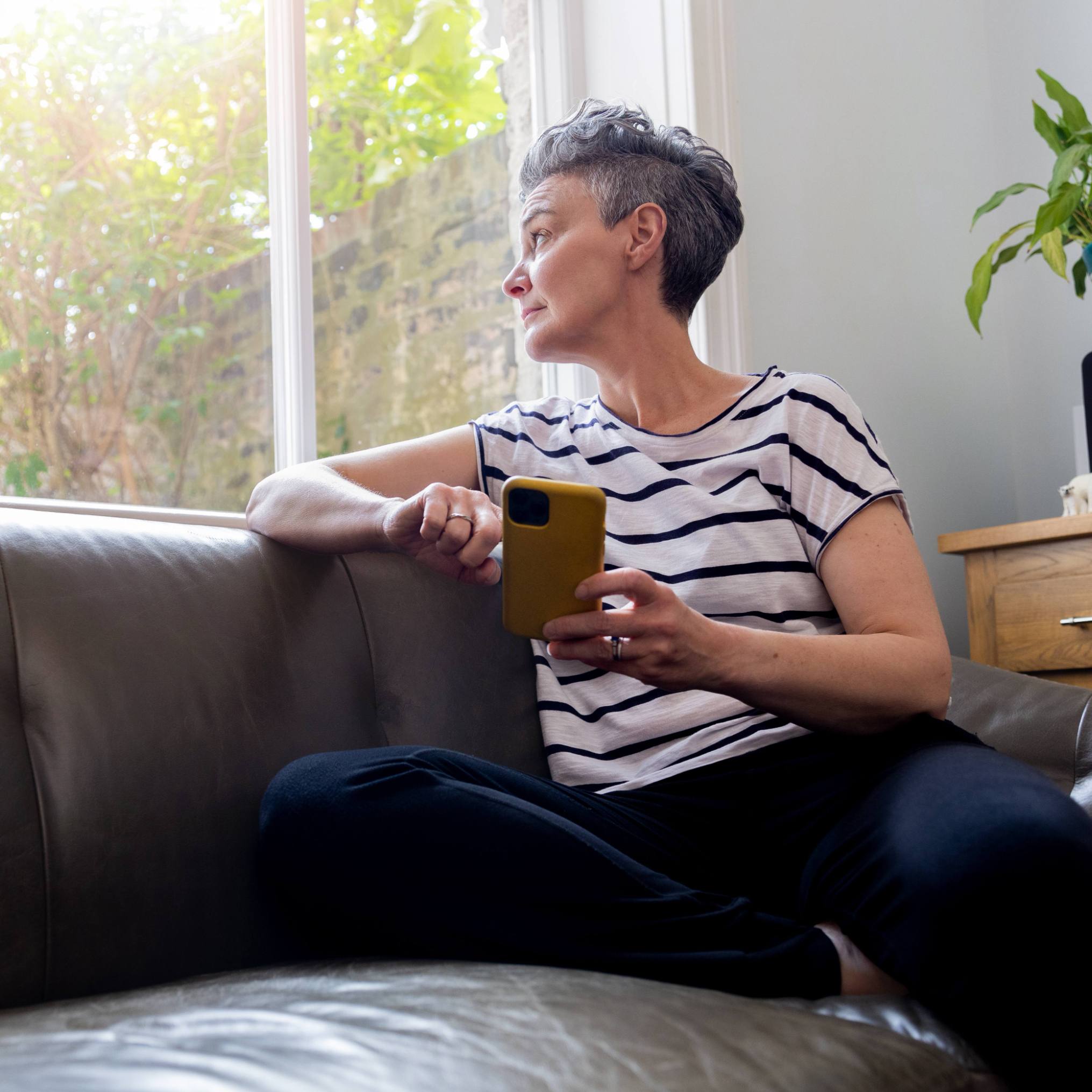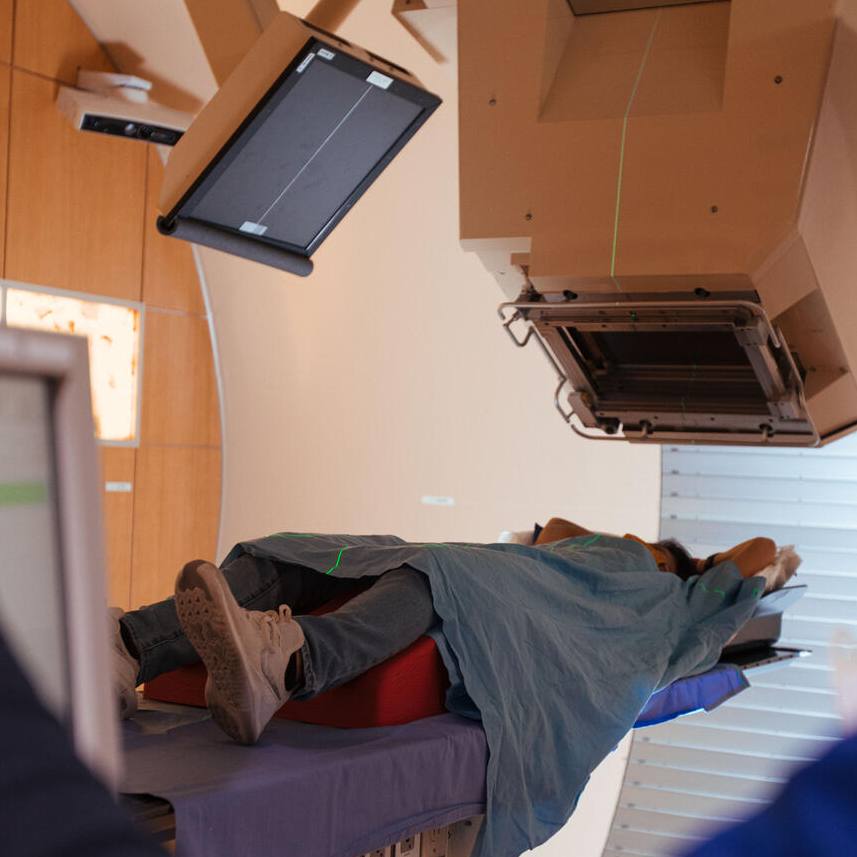-
Mayo Clinic National Health Checkup: Most Americans would choose an alternative to opioids following surgery

ROCHESTER, Minn. — While nearly all Americans say they would choose an alternative to opioid pain relievers following surgery, few patients are talking to their health care provider about it, according to the Mayo Clinic National Health Checkup.
This latest snapshot of Americans’ views on opioids comes at a time when opioid-related overdose deaths continue to climb. A record-breaking 72,000 Americans died from drug overdoses in 2017, according to preliminary estimates from the Centers for Disease Control and Prevention (CDC). Most of those deaths were related to opioids.
“While opioid pain relievers may be the best choice for a patient in the days following a surgical procedure, the risk of addiction is very real with long-term use,” says Halena Gazelka, M.D., chair of Mayo Clinic’s Opioid Stewardship Program. “At Mayo Clinic, we’re conducting research on opioid prescribing practices to ensure the best possible patient outcomes and experience with minimal exposure to opioids.”
Mayo Clinic’s research has been used to create opioid prescribing guidelines and tools for medical practices at Mayo and beyond, identify patients who may not need opioids and, in some cases, cut prescriptions in half. The Mayo Clinic National Health Checkup, first launched in January 2016, provides a quick pulse on consumer health opinions.
Key findings from the checkup follow.
Few patients speak with their doctor about opioid alternatives and addiction.
Of those surveyed, 94 percent say they would pick an alternative treatment to opioid pain relievers. However, only one-quarter of respondents say they have talked to their health care provider about alternative treatments. Fear of addiction (34 percent) was cited as the top reason for seeking an alternative treatment option. Men (45 percent) were slightly more inclined than women (38 percent) to discuss risk of addiction. The leading alternative treatment chosen by respondents was physical therapy (80 percent), which was followed by over-the-counter pain relievers (75 percent); alternative medicine, such as acupuncture (53 percent); and medical marijuana (49 percent).
Americans see opioid abuse as a problem but don’t see themselves at risk.
The opioid epidemic is affecting communities across the country, but respondents were most likely to cite urban residents (37 percent) at the greatest risk for opioid addiction. Despite this belief, rural areas have been some of the hardest hit, with opioid death rates quadrupling among those 18-25 years old and tripling for females between 1999 and 2015, according to the CDC. Nearly half (49 percent) of respondents believe that opioid abuse is a significant issue in their community, but most Americans (67 percent) are confident that if they are prescribed opioids to treat chronic pain, they won’t become addicted.
Most Americans mistakenly view opioids as intended to treat chronic pain.
Opioids are most effective for short-term pain. However, most Americans (79 percent) view
chronic pain as a reason for an opioid prescription, and 31 percent said that they have used opioids to treat chronic pain. A growing body of research suggests that opioids, which patients can develop a tolerance for, are not ideal for treating chronic pain. A 2017 study suggests that using opioids actually could increase the risk of chronic pain in the future.
Americans do not know how to properly dispose of their opioid pain relievers.
Just 1 in 4 opioid users say that they received direction from their pharmacist or health care provider about what to do with remaining pills they didn’t use, and only 26 percent of opioid users claimed that they had participated in a drug disposal program. Respondents who were prescribed opioids were most likely (30 percent) to keep their remaining pills in the medicine cabinet. Others cited flushing the opioids down the toilet (17 percent), throwing them in the garbage (17 percent), or using them to treat other pain (12 percent).
“One of the most important steps people can take to prevent prescription drug abuse is to properly get rid of any unused medications in their medicine cabinet,” says Dr. Gazelka. “Proper disposal helps prevent medication from getting into the wrong hands – someone who is already addicted, or perhaps a teenager or a curious child.”
National Prescription Drug Take Back Day is Saturday, Oct. 27 and provides a safe, convenient way to dispose of prescription medications – including opioids. Local collection sites can be found by visiting takebackday.dea.gov.
###
About the Mayo Clinic National Health Checkup
The Mayo Clinic National Health Checkup was conducted in July 2018 through Engine’s Telephone CARAVAN Omnibus Survey of 1,270 adults living in the U.S. Learn more at healthcheckup.mayoclinic.org.
About Mayo Clinic
Mayo Clinic is a nonprofit organization committed to clinical practice, education and research, providing expert, comprehensive care to everyone who needs healing. Learn more about Mayo Clinic. Visit the Mayo Clinic News Network.
Media contact:
- Heather Carlson Kehren, Mayo Clinic Public Affairs, 507-284-5005, newsbureau@mayo.edu
Related Articles







